Palletization
Palletization
Palletization
Palletization is the process of stacking products on a pallet for easy transport and storage. This method is widely used in the packaging industry to streamline logistics and improve efficiency.
Why Palletization Matters
Palletization helps in organizing products in a compact and stable manner. It reduces the risk of damage during transit and makes handling easier. For example, instead of moving individual boxes, a forklift can move an entire pallet at once.
How Palletization Works
Products are first packed into boxes or containers. These boxes are then arranged on a pallet, usually made of wood or plastic. The arrangement is often secured with straps or shrink wrap to keep everything in place.
Benefits of Palletization
Palletization offers several benefits. It speeds up the loading and unloading process, reduces labor costs, and minimizes product damage. Additionally, it optimizes warehouse space by allowing products to be stacked vertically.
Types of Pallets
There are different types of pallets used in palletization. The most common are wooden pallets, which are durable and cost-effective. Plastic pallets are also popular due to their lightweight and resistance to moisture.
Conclusion
In summary, palletization is a crucial aspect of modern packaging. It enhances efficiency, safety, and cost-effectiveness in the supply chain. Understanding how to properly palletize products can lead to significant improvements in logistics operations.
Blog Posts with the term: Palletization
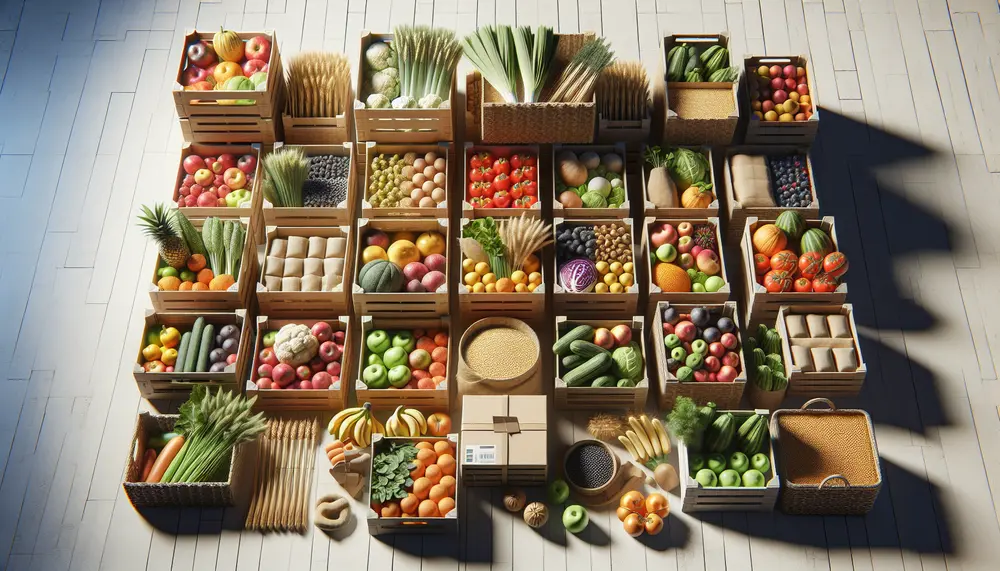
Understanding the Basics of Packaging Materials in Agriculture: Agricultural packaging is essential for protecting produce during transport and extending shelf life, with material choice balancing product needs, efficiency, marketing appeal, and sustainability. Choosing the Right Packaging for Your Agricultural Products: Selecting...

Packaging and packing are distinct processes in goods transportation; packaging focuses on product protection and presentation, involving design for brand identity, while packing is about enclosing products for safe distribution. Primary, secondary, and tertiary packaging provide different levels of protection...
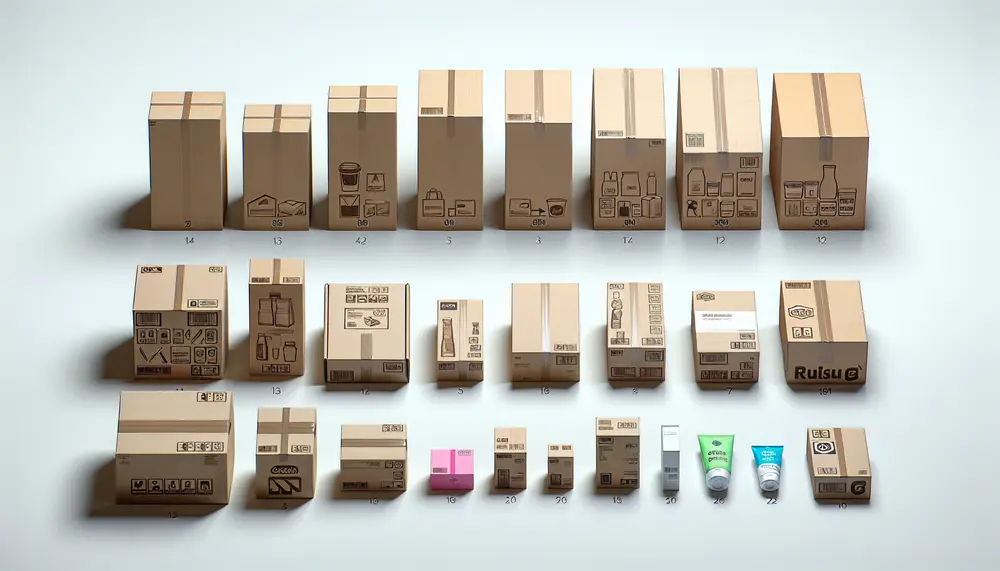
Product packaging is essential for protection, marketing, and providing consumer information; it influences brand perception and purchase decisions through design elements like color schemes. The design process involves research, feedback, prototyping, and technical considerations to ensure functionality and appeal. Choosing packaging...
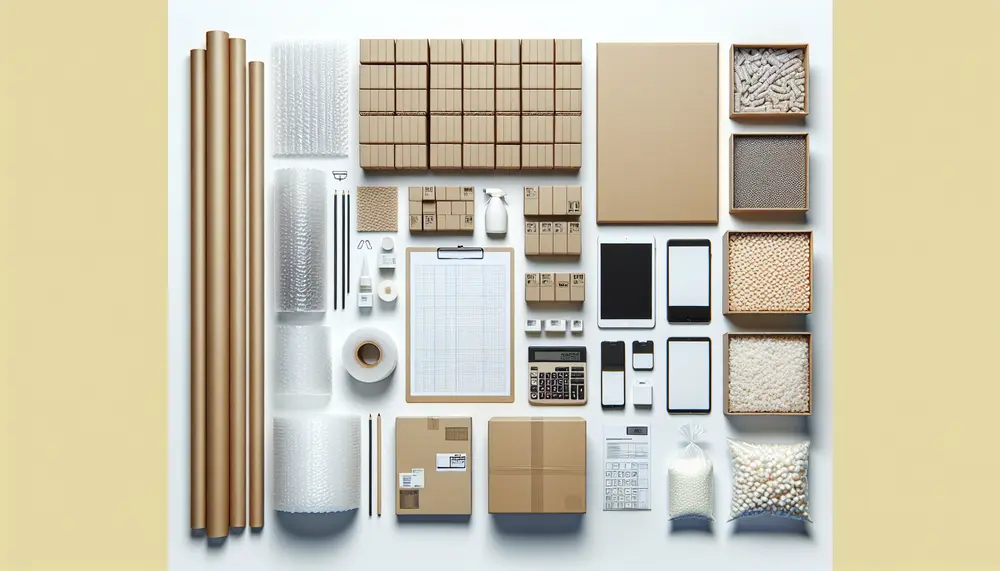
Packaging is essential for product protection, presentation, and preservation; it influences customer buying decisions through design and unboxing experiences. Material choice affects shelf-life and appeal, while sustainability has become crucial due to environmental concerns. Key packaging considerations include balancing cost with...
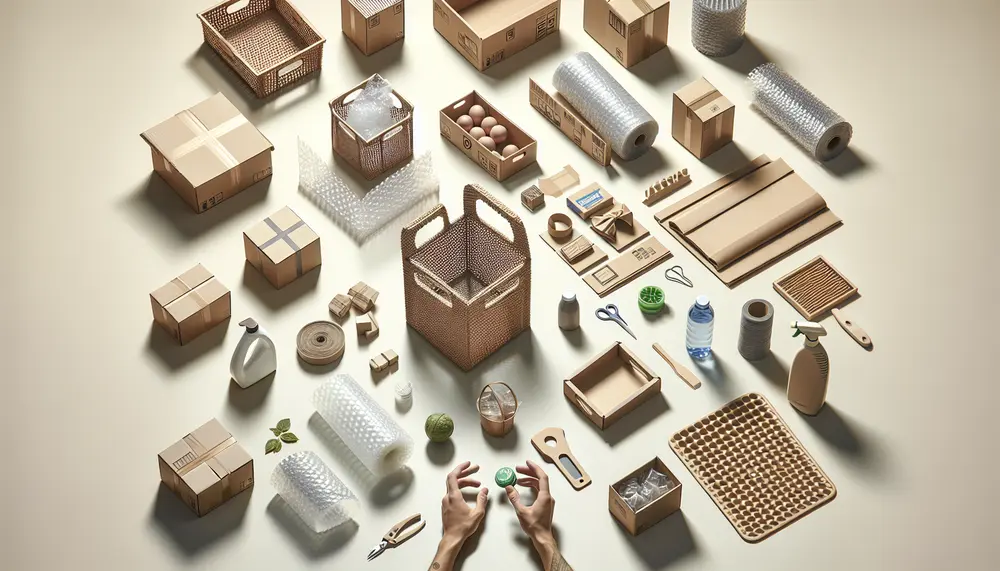
Packaging in the USA market is essential for brand strategy, influencing consumer behavior and ensuring product protection. Trends like smart packaging, personalization, sustainability, and minimalist design are shaping the industry's future. Sustainable packaging enhances brand image but may incur higher costs...
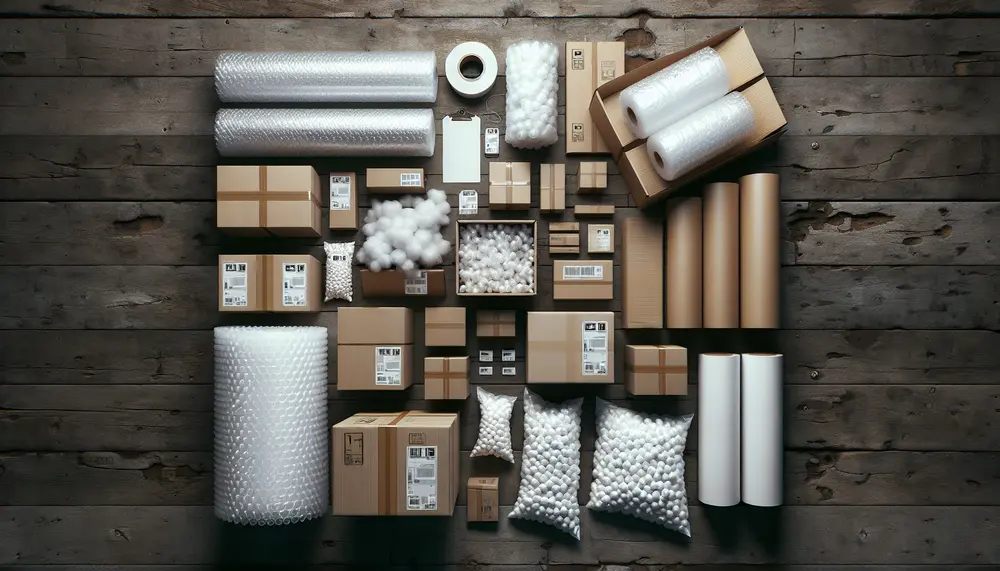
Packaging materials for shipping are crucial for product safety, brand reputation, and customer satisfaction. They must be chosen based on the item's characteristics and shipping conditions to ensure integrity upon arrival. Effective packaging protects products during transit while also serving as...
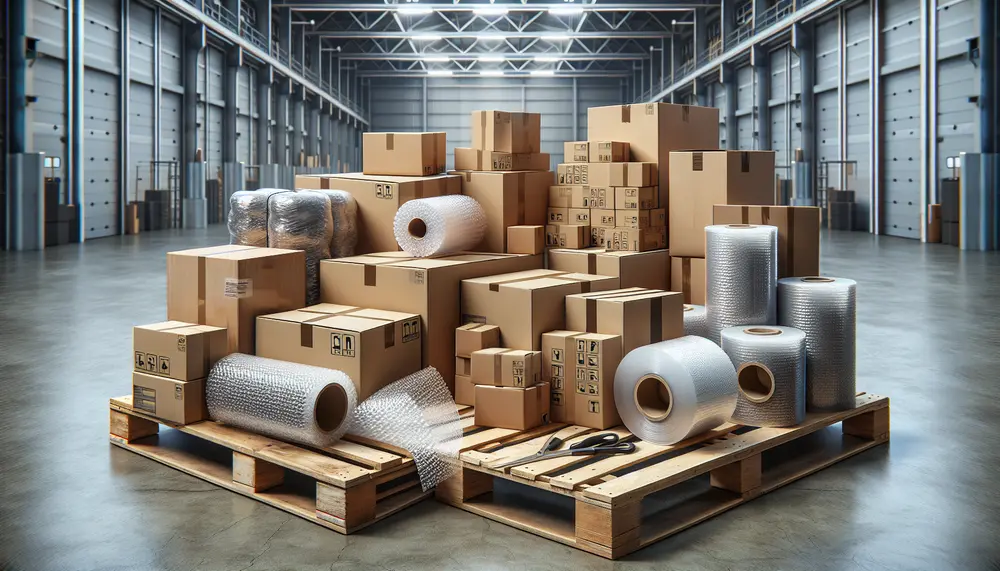
Packaging materials in supply chain management are crucial for product protection, efficiency, and sustainability. Strategic selection of primary, secondary, and tertiary packaging is essential to optimize costs, security, transportation, and environmental impact across complex global networks....
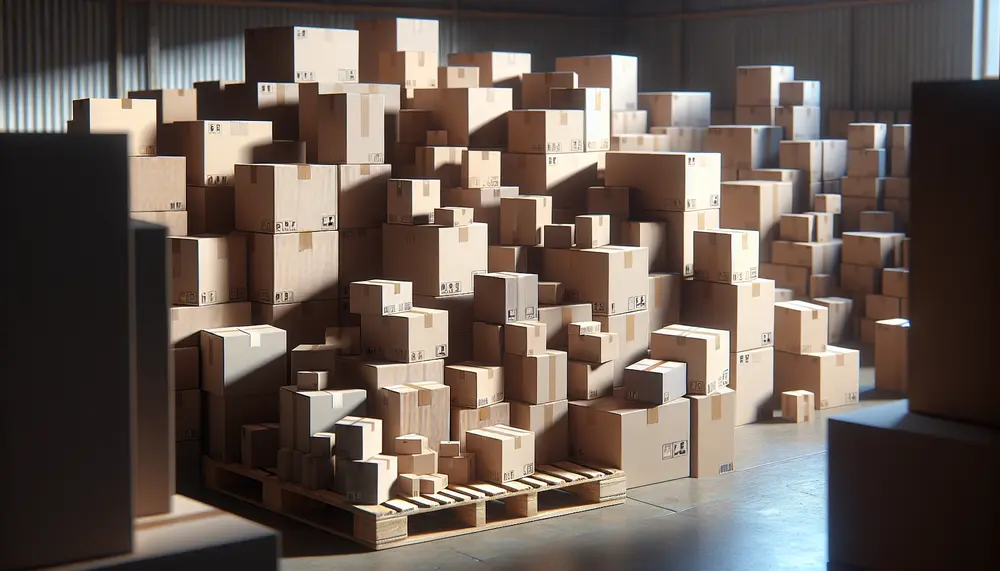
Cardboard boxes are valued for their simplicity, versatility, and cost-effectiveness. They're easy to use, customizable, lightweight yet sturdy, eco-friendly due to recyclability and often made from recycled materials. Understanding cardboard construction involves recognizing its corrugated structure with varying flute profiles that...

Packaging is the strategic process of enclosing products for protection, convenience, communication, brand identity, and sustainability. In modern industry, it supports compliance, automation, differentiation, inventory management, and consumer safety while balancing advantages like product protection with disadvantages such as environmental...
